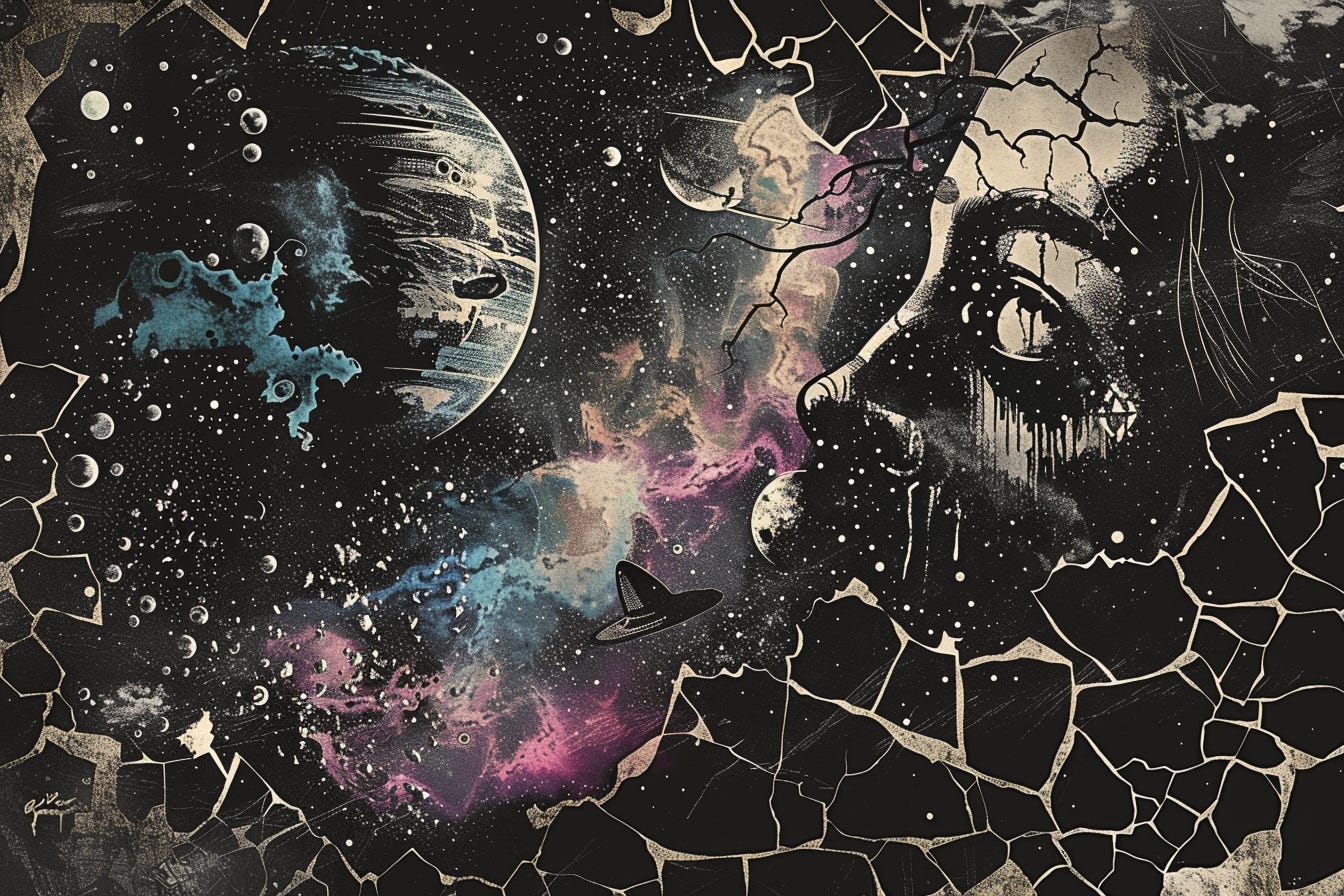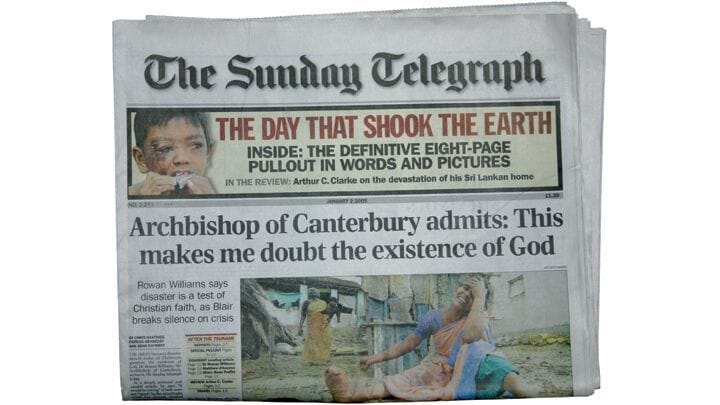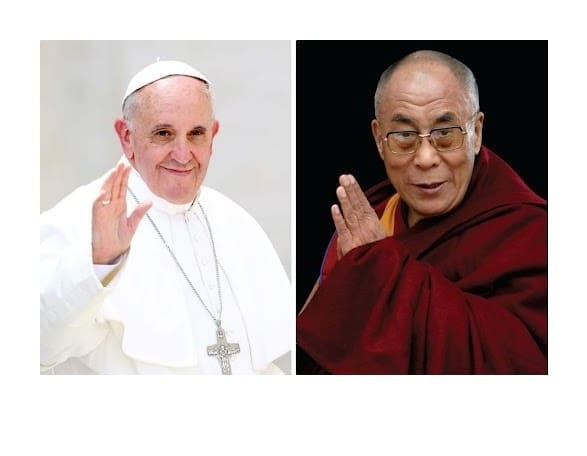God is not Dead
Is the rational, scientific, modern mind seeking the embrace of God? The unfolding alignment of Saturn-Neptune seems to indicate so.
"God is dead" wrote Frederich Nietzsche in his 1882 book The Gay Science. These famous words have embraced modern consciousness since the bright days of self-determination during the Enlightenment, to the dark nights of self-disillusionment in the current soup of postmodernism.
Depicting the deep existential crisis of the Age of Reason, Nietzsche writes:
"Whither is God?” he cried: “I will tell you. We have killed him—you and I. All of us are his murderers. But how did we do this? How could we drink up the sea? Who gave us the sponge to wipe away the entire horizon? What were we doing when we unchained this earth from its sun? Whither is it moving now? Whither are we moving? Away from all suns? Are we not plunging continually? Backward, sideward, forward, in all directions? Is there still any up or down? Are we not straying as through an infinite nothing? Do we not feel the breath of empty space? Has it not become colder? Is not night continually closing in on us? Do we not need to light lanterns in the morning? Do we hear nothing as yet of the noise of the gravediggers who are burying God? Do we smell nothing as yet of the divine decomposition? Gods too decompose. God is dead. God remains dead. And we have killed him.
Cultural historian Richard Tarnas further elucidates this passage in his book Cosmos and Psyche, pointing out the "hyper-Copernican imagery" that Nietzsche utilizes to portray how the heliocentric model of the universe caused a paradigm shift in consciousness. This shift not only sparked the Scientific Revolution but also deflated the value of spirituality and religion.
Saturn-Neptune and the Loss of Faith
When Nietzsche's statement that "God is dead" entered the collective consciousness in 1882, Saturn and Neptune were in conjunction (0º). Saturn represents that which is old, structured, and dying, while Neptune symbolizes the sacred. Thus, the sentence "God is dead" itself evokes this planetary combination.
When Saturn and Neptune come into alignment, an interplay between the Real (Saturn) and the Ideal (Neptune) tends to unfold. This dance can often lead to a feeling of loss and grief when neither the Real nor the Ideal is actually able to touch the other. This metaphysical disconnection can lead to an attitude of skepticism, especially toward that which is sacred, such as religion and spirituality.
For example, on the day after Christmas in 2004, a magnitude 9.2 earthquake followed by a tsunami with waves up to 100 ft hit the shores of Southeast Asia, killing 227,989 people.
The gush of water from the ocean overflowing into the dry and solid land is one valence of the kind of imprint Saturn-Neptune can leave. On the other hand, the aftermath of such a tragic event–evoking a deep sense of loss and disbelief in the horrendous act of Nature–depicts another valence of Saturn-Neptune. This newspaper headline from days after the event portrays the essence of this archetypal theme:
A religious authority figure (Archbishop of Canterbury) admits to his skepticism in the belief of God. It seems Nietzsche's words ring true 123 years later, under a Saturn-Neptune square (90º) alignment.
Saturn-Neptune and the Commitment to God
The beautiful mystery of Archetypal Astrology is that concrete prediction is not the name of the game. Rather, archetypal prediction is where the true rhythm unfolds. The core tenet of archetypal prediction is understanding and appreciating multivalence. Multivalence is the notion that each archetype and complex has the capacity for a range of expression from light to shadow. Thus, one could perceive the theme of "loss of faith" as a shadow valence of Saturn-Neptune, and the theme of "commitment to God" as a valence of light. Both carry the depth and breadth of Saturn-Neptune in different ways.
It is interesting to note that two of the most prominent religious figures living today–Pope Francis and Dalai Lama–are born with a Saturn-Neptune alignment. They have both dedicated (Saturn) their lives to religion and spirituality (Neptune). Furthermore, they exude a calm authority, as though playing the role of gatekeepers (Saturn) to the realm of divinity (Neptune).
As we deepen into the current Saturn-Neptune world transit which will unfold into 2027, themes around religion and spirituality may permeate the collective psyche. For instance, activist and comedian, Russell Brand recently shared that he got baptized. This was a surprise to many, as Brand was previously quite secular and held radically progressive ideologies. It was right on brand with the Uranus-Pluto square (90º) which was in transit from 2007–2020. Uranus-Pluto expresses a radical, revolutionary, and rebellious spirit.
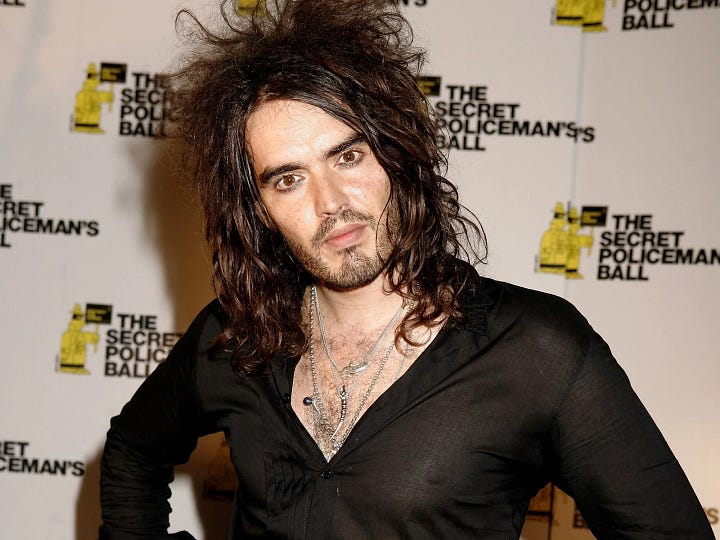
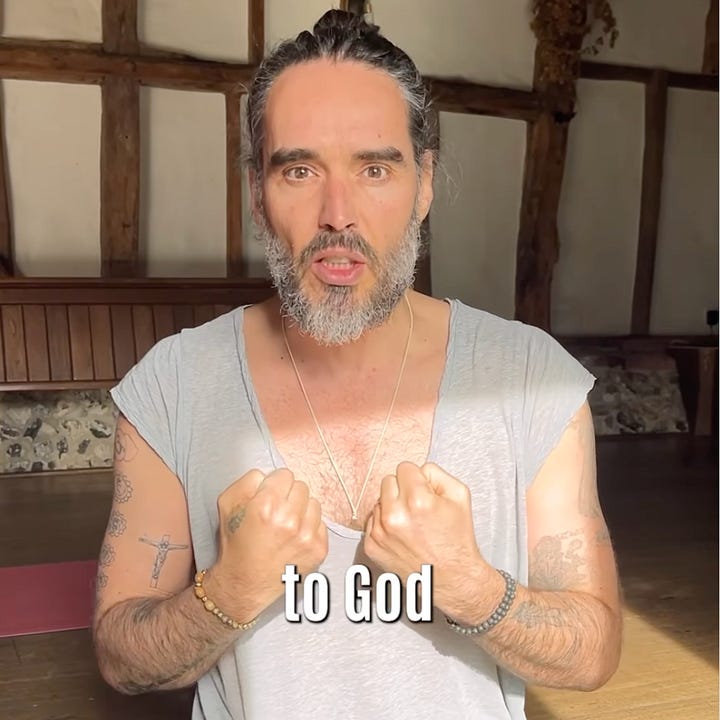
Brand is not the first, and surely not the last, to participate in the return to God. Data shows that about one-third of 18-to-25-year-olds say they believe–more than doubt–the existence of a higher power, up from about one-quarter in 2021. One 26-year-old girl said:
If I ever started to doubt, or believe there wasn't a God, it would send me into a spiral of "What ifs," things that I would rather not get into."
It's evident, Nietzsche's words have no room here–God is alive and well.
Perhaps it is a good moment to reflect–as the Saturn-Neptune alignment unfolds over the next couple of years–will you reject or embrace God?




